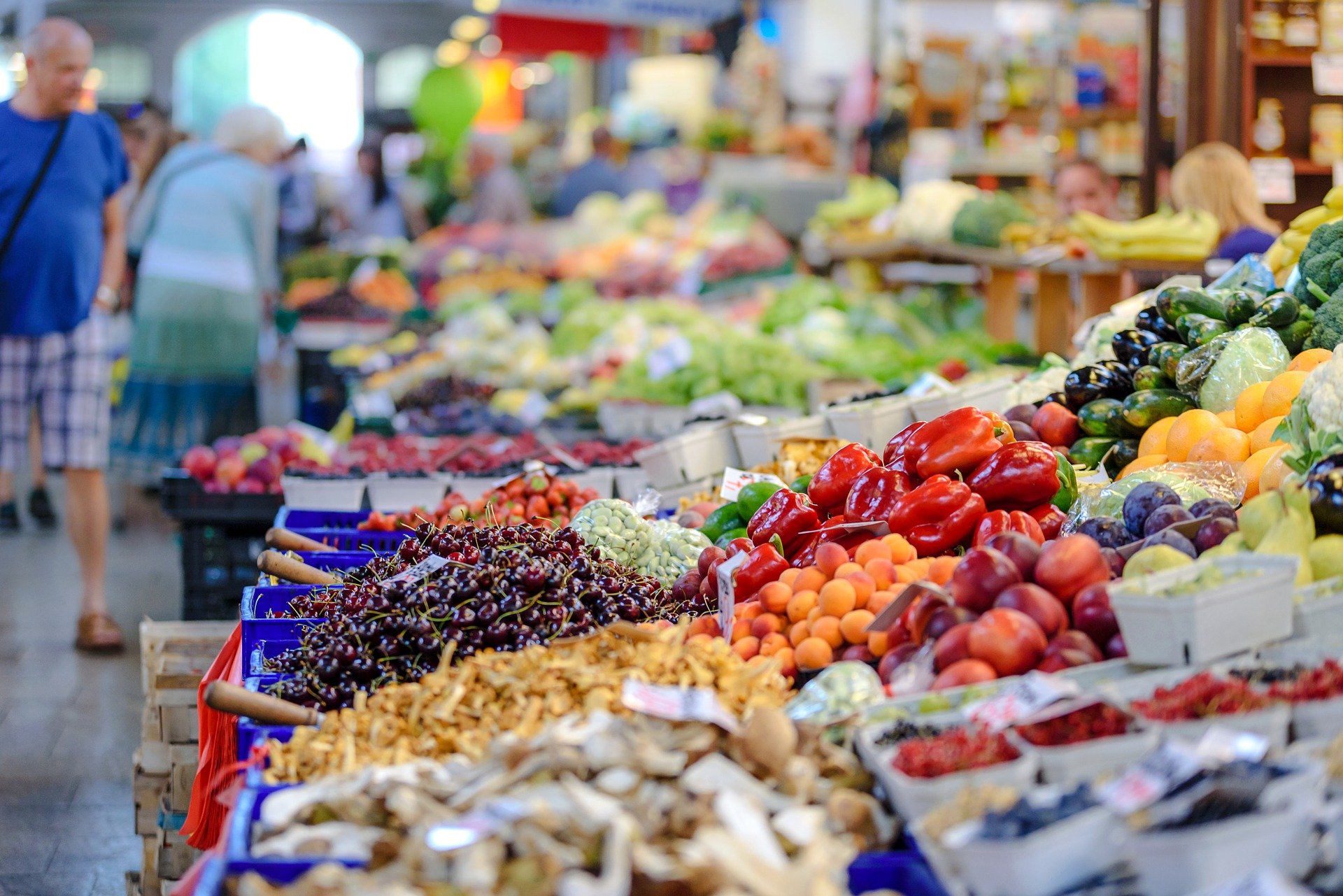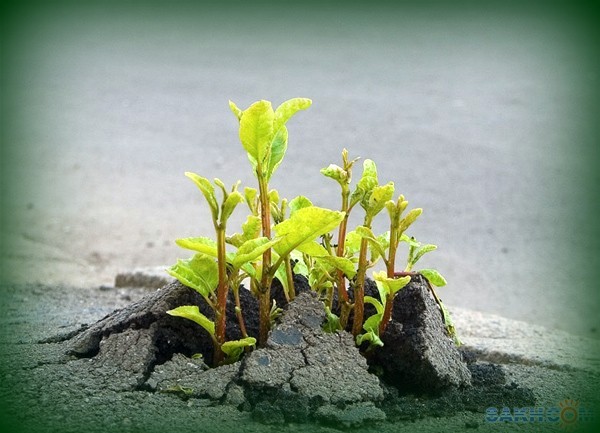Fixing the Global Food Chain
The global food supply chain was already under stress due to the impacts of climate change. Unpredictable changes in seasons—in addition to rising heat, prolonged droughts and sometimes floods—have devastated farm lands worldwide. Lesser rainfall in many regions has also led to scarcity in water availability with many farmers resorting to depleting underground water to meet their irrigation needs. But this too is not available at all times since these underground reservoirs depend on rainfall to replenish stock.
If this was not enough, the onslaught of COVID-19 completely disrupted the food supply chain. Fear of contracting the virus, extended lockdowns, and an abrupt halt to supply chains across the world, resulted in large quantities of produce finding no takers. Even if some large farms did manage to operate, maintaining social distancing protocols and hygiene, their produce became costlier leading to a spike in the cost of essentials for common people.
This has put a serious concern on the sustainability and resilience of food supply chains. According to a recent report by the UN’s Food and Agriculture Organization, an estimated 690 million or 8.9 percent of the global population are food insecure and if left unchecked, this is expected to balloon to 840 million by 2030.
A great battle awaits global leaders – of keeping millions fed while ensuring the COVID-19 vaccine is administered to all. Horasis is taking one step towards addressing global problems by bringing leaders from different walks of life together to deliberate and devise actionable solutions to address key issues such as these. The ‘Horasis Extraordinary Meeting on the United States of America’ is a virtual meeting to be held on 18th March 2021, just as the world looks towards the US for change – with hope taking center stage.
Unsustainable Farming Practices
Conventional farming systems, in most emerging economies, still rely on old practices of farming, involving intensive water use and fairly heavy usage of pesticides and fertilizers. It is an acknowledged fact that such usage increases antibiotic resistance in humans leading to severe health conditions. And a heavy reliance on water must be reconsidered since water will be a ‘scarce commodity’ very soon. Many even predict the possibility of an outbreak in conflicts just to ensure water security.
What is also an acknowledged trend is the increased demand for animal produce. At the height of the pandemic in 2020, Brazil was seeking to clear large swathes of the Amazon for palm oil cultivation and rearing of animals. However, much as these yield tremendous short-term gains, the overall effects are actually perilous to say the least. The use of growth hormones in animals find their way into the ground water system and eventually exposes nearby communities to several health complications. Besides, high levels of methane gas production—a direct by product of largescale animal farming—is a known contributor to increasing levels of green-house gas emissions.
Informed individuals are now demanding more organic products that are free of any contamination and do not stress water systems. This has led to a spurt in more scientific farming methods such as hydroponics, aquaponics, and aeroponics. All have one trait in common – the efficient reuse of water. But such efforts in isolation will not suffice until a complete overhaul is undertaken at scale to sustain food supply systems.
The COVID-19 Impact
The impact inflicted by the pandemic was multi-faceted. The lockdowns disrupted the food supply chain system, rendering shortage in several essential food items. Meanwhile, it reduced market demand for food items, leading to a decrease in prices. Following high unemployment rates and reduced earnings, most resorted to cutting down on their expenses and only buying necessities.
The major demand for fresh food items diminished overnight on account of shuttered restaurants and food courts. The shortage in supplies led to a steep rise in the prices of several food items.
The pandemic also strengthened the case for food sovereignty. Demand for protecting and regulating domestic agricultural production has become more pronounced and so are ceilings and quotas on food exports. Countries are now increasingly looking to safeguard their food supply before exporting it to overseas buyers.
Tech can Help
Emerging technologies can play a pivotal role in restoring the battered food supply system. Some farmers are already harnessing the capabilities of artificial intelligence (AI), internet of things, drone technology and robotics to address worker shortages and unpredictable seasonal changes.
Drip irrigation has lent itself well as a credible alternative to numerous farmers facing water shortages. Using pipes, filters, and timed water flow, drip lines distribute water to the soil near the roots ensuring minimal water wastage.
Additionally, blockchain and AI technologies are being used to ensure greater inclusivity of ecosystem stakeholders, and to reduce existing inefficiencies. Robots are being used to supplement factory workers to increase output. And big data and analytics are helping in sharing actionable insights.
A Global Compact
There has never been a more opportune time for global leaders to come together and form a global compact creating a resilient, sustainable food system. The first immediate step would be to ensure international trade lines always remain open for the transportation of essentials like food.
As the world goes through rapidly changing times, and also very hopeful and promising actions from a new government in Washington – we at Horasis will do our bit to ensure that the discussions continue because together we can achieve much more than any individual effort. And the ‘Horasis Extraordinary Meeting on the United States of America’ is one step in that direction.
Photo Caption: COVID-19 highlighted in no uncertain terms the many vulnerabilities of the global food supply chain.




